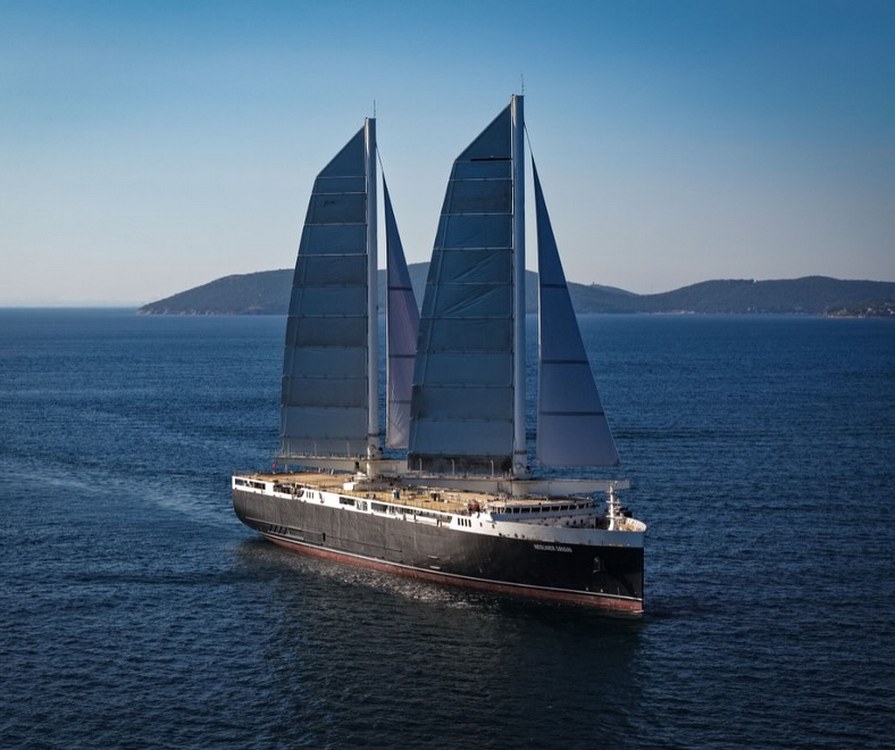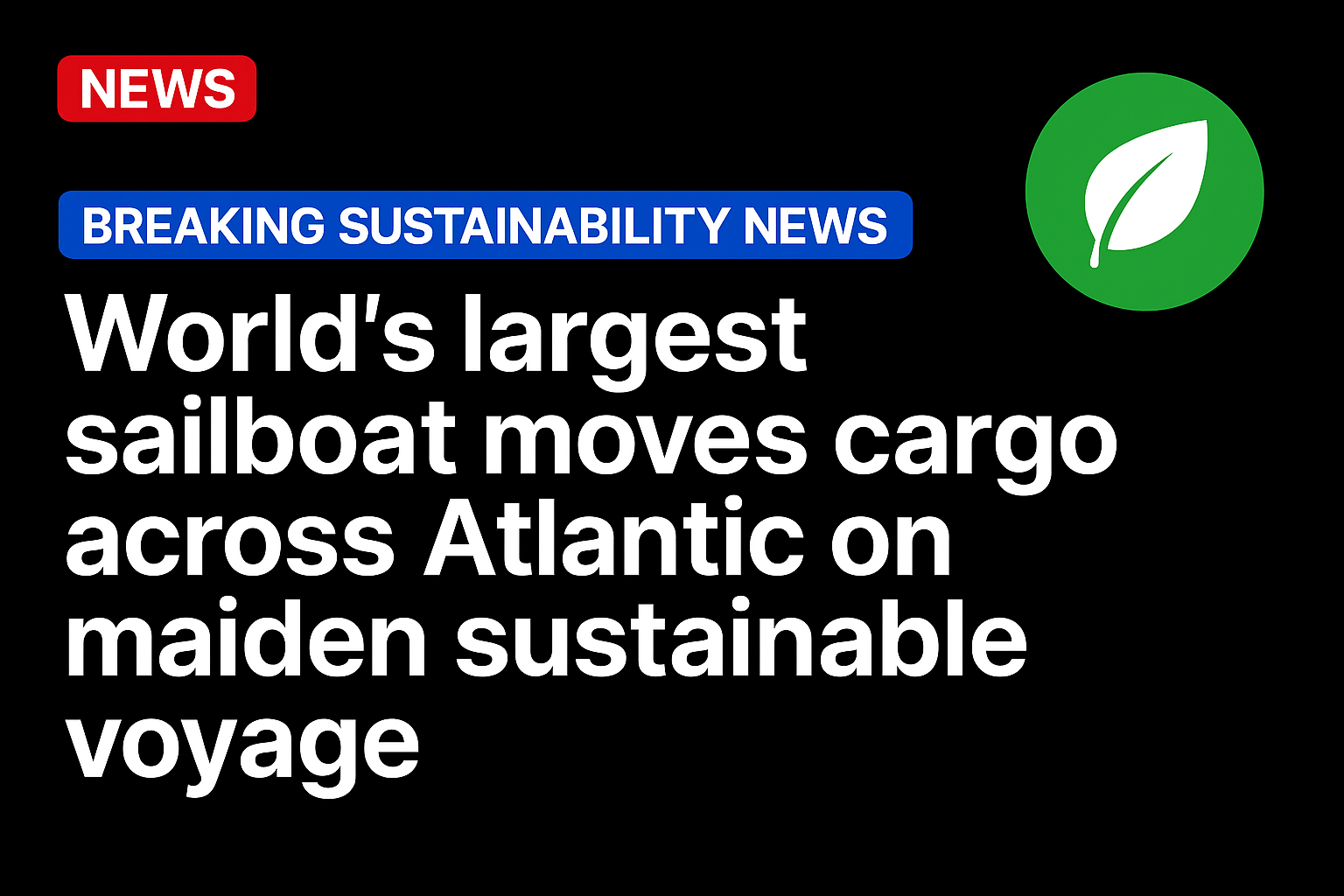A French shipbuilder has brought back the sail and schooner to decarbonize low to mid volume shipping.
Only historians can say how eager the world’s merchants marine were to replace frigates with steamships when the technology became available.
Now after more than 200 years of industrialization, new priorities will dictate to some firms that it’s time to reverse that switch, which the famous sailor Joshua Slocum lamented as taking the poetry off the high seas.

The 450-foot-long Neoliner Origin was christened on October 13th when she made her maiden voyage from Nantes, on the coast of Brittany, to Baltimore, carrying a cargo of luxury goods and Renault cars that emitted 80% less carbon emissions.
She made a headline speed of 11 knots which she achieved by leveraging the timeless and need-no-explanations technology of sailing, but with the modern tweak of retractable carbon-fiber masts that rise 213 feet into the air.
With 5,300 tons in the hold, she is simply the world’s largest sailing ship; and the team from the French Merchant Navy which took the gamble on going back to sailing power has been backed by the world’s largest luxury goods conglomerate LVMH, as well as the French spirits brand Cointreau, that’s doing everything it can to zero out its carbon emissions.
“Until now, sailing ships could only transport modest volumes. Neoline is changing the game: entire containers can now be transported by sail, offering a concrete and scalable alternative to cargo ships powered by heavy fuel oil,” says company president Jean Zanuttini.
Zanuttini told Reuters that there’s a lovely degree of independence garnered by using the trade winds, in that pilots don’t need to wait or rely on port and harbor infrastructure for refueling. If the refueling apparatus is in use, or broken, or there’s no fuel available, it’s no concern for a Neoliner, which can just unreef the sails.
While other low-carbon container shipping methods rely on certain fuel blends unavailable in art port in certain countries, a Neoliner not only eliminates more CO2-equivalent emissions but it does so without needing these chemical innovations, making it ideal for container shipping to and from low and middle-income countries as well.
While the Origin did sustain damage to the aft sail in a storm on the crossing, it was able to carry on with just one sail and a backup motor; what’s known in the industry as “hybrid sailing” and which is also being proposed by Neoline and other firms to be a quick and effective way to reduce the carbon footprint of container shipping, which is responsible for an estimated 2% of total greenhouse gas emissions worldwide.
Source: https://www.goodnewsnetwork.org/




